Discover the beauty of Riyadh's tourist attractions: modern and historical

Riyadh is the capital of Saudi Arabia and its largest city in terms of area and population. Located in the center of the Arabian Peninsula, it is strategic, geographical, and historically located. Riyadh is an important tourist destination for visitors who want to learn about Saudi culture, civilization and heritage, as well as enjoy the modern and sophisticated landmarks and facilities that the city has to offer.
Show key points
- Riyadh, the capital of Saudi Arabia, is both the largest city in area and population and holds strategic and historical significance in the Arabian Peninsula.
- The city boasts impressive modern attractions like the Kingdom Center Tower, Al Faisaliah Center, and Snow City, showcasing innovation, entertainment, and advanced urban development.
- Modern tourist sites offer diverse options for leisure, shopping, and culture, enhancing Riyadh's global appeal and contributing positively to its economy and lifestyle.
- ADVERTISEMENT
- Despite their benefits, modern attractions can negatively impact the environment, create urban congestion, and challenge traditional Saudi identity and architecture.
- Riyadh's historical landmarks such as Masmak Palace, Diriyah, and the King Abdulaziz Historical Center preserve the rich Saudi heritage and reflect the nation's journey and values.
- These heritage sites foster national pride and educate both locals and tourists about Saudi history, culture, and architecture, reinforcing a deeper connection with the past.
- However, historical sites face challenges related to preservation, funding, and relevance in a fast-paced modern world, requiring continuous support and strategic promotion.
In this article, we will review some of Riyadh's modern and historical attractions, and discuss the positive and negative aspects of each.
Riyadh Attractions: Modern
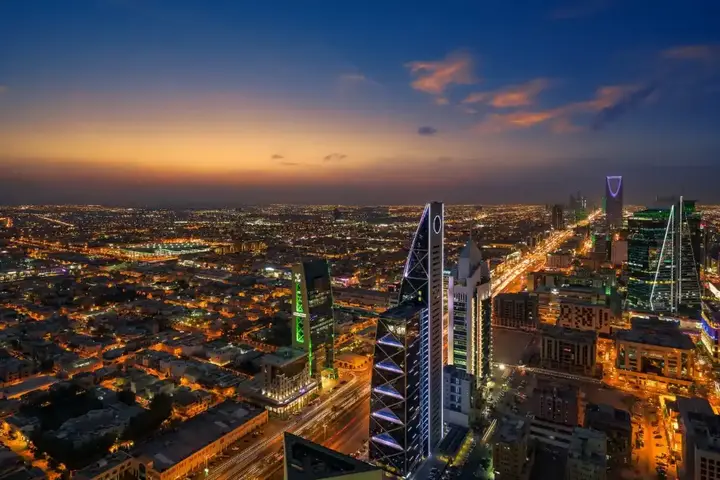
Modern tourist attractions are those created or developed in the modern era, and express the progress, innovation and diversity that Riyadh is witnessing.
Recommend
These landmarks include towers, malls, parks, cultural, sports, and entertainment centers that attract tourists of different ages and interests. Here are some examples of modern sights in Riyadh:
• Kingdom Center Tower: It is one of the tallest towers in the world, and the most famous landmarks of Riyadh. It is 302 meters high and has 99 floors.
The center includes a commercial mall that is one of the largest malls in the Kingdom, the luxurious Four Seasons Hotel, international restaurants and cafes, and important offices and companies. The centre also includes the famous Observation Bridge, a suspension bridge between the two tower tops, offering magnificent panoramic views of the city and the surrounding desert.
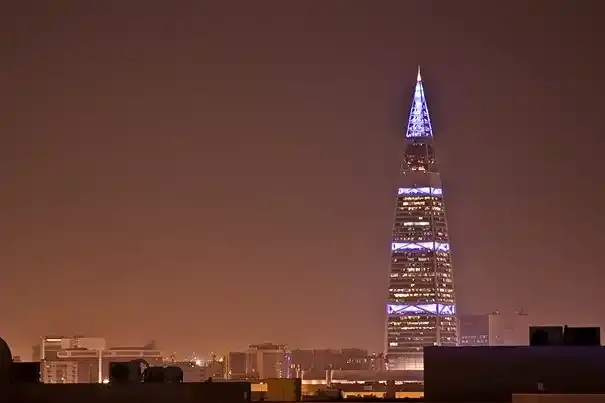
• Al Faisaliah Center: It is another tower characterized by its pyramidal shape and the glass lamp at its top. It is 267 meters high and has 44 floors.
The center includes a commercial mall that contains international shops and brands, the luxurious Al Faisaliah Hotel, high-end restaurants and cafes, and prestigious offices and companies. The Centre also features the Summit Hall, a dedicated venue for events, conferences and meetings, located at the top of the tower, with a stunning view of Riyadh.

• Snow City: It is the first snow city in the Middle East, offering a unique experience for visitors who want to enjoy snow games, skiing and toboggan in a desert climate.
It covers an area of 5,000 square meters and contains a range of fun activities and services, such as: The Snow Village, a traditional village that simulates life in the North Pole, and includes the houses of egelo, penguins and polar bears. The snow slope, a slope up to 150 meters long, allows visitors to ski or snowboard.
It also houses the Ice Circuit, a large circuit that hosts sports and art shows and competitions on ice. The Snow Museum, a museum that displays statues and sculptures made of ice, allows visitors to take pictures with them.
These are some examples of modern attractions in Riyadh, but there are more that are worth visiting and exploring. But what are the positive and negative aspects of these landmarks?
Positive aspects of modern sights

Modern tourist attractions reflect the development, modernity and diversity that Riyadh is witnessing, attract tourists of different ages and interests, and contribute to the revitalization of the economy and culture. Some of the positive aspects of these landmarks are:
• It increases the attractiveness and beauty of the city, and gives it a modern and distinctive character.
• Provides wide and varied options for entertainment, education, shopping, relaxation and adventure for visitors and residents alike.
Negative aspects of modern attractions
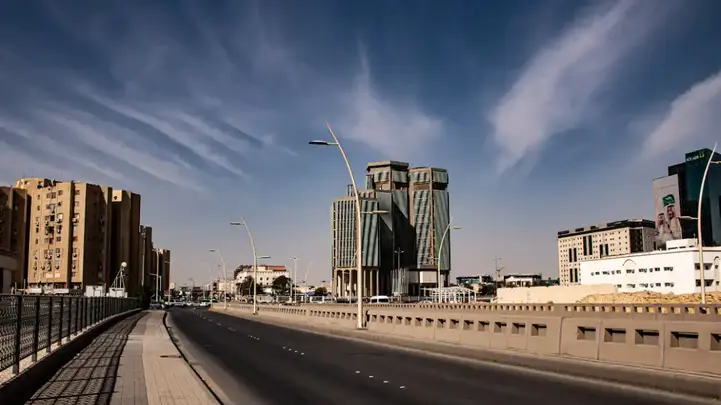
Modern tourist attractions require significant resources and costs for construction and maintenance, may conflict with Saudi identity and heritage, and may cause environmental pollution or traffic congestion. Some of the downsides of these parameters are:
• Consumes large amounts of energy, water and raw materials, and produces large amounts of waste and emissions, which negatively affects the environment and natural resources.
• It creates a contrast and contradiction between authentic Saudi architecture and civilization, and imported Western architecture and civilization, which reduces cultural and national harmony and cohesion.
• It increases population density and traffic in the surrounding areas, causing bottlenecks, accidents, noise and pollution, and reduces comfort, safety and health.
These are some of the downsides of Riyadh's modern tourist attractions, but there are some solutions and measures that can be taken to reduce or overcome them. Such as: the use of renewable energy and environmentally friendly materials, maintaining a balance and integration between modernity and heritage, improving infrastructure, public transport and urban planning.
Riyadh Tourist Attractions: Historical
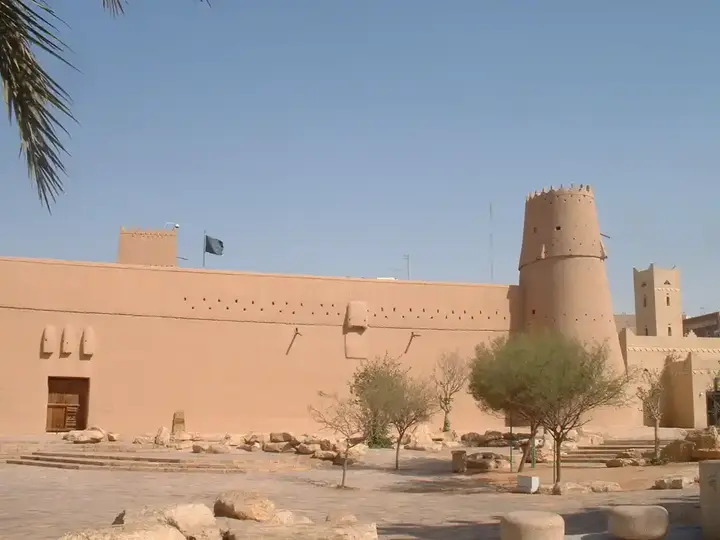
Historical attractions are those created or developed in previous eras, and express Saudi history, heritage and identity. These include castles, palaces, mosques, markets, and museums that tell stories, facts, and legends about Riyadh and the Kingdom. Here are some examples of historical attractions in Riyadh:
• Masmak Palace: It is an ancient castle dating back to the nineteenth century, which witnessed the battle to recover Riyadh and unify the Kingdom of Saudi Arabia by King Abdulaziz bin Abdul Rahman Al Saud.
The castle has been transformed into a museum that displays antiquities, photographs and rare collectibles related to the history of Riyadh and the Kingdom, and welcomes visitors who wish to learn about the decisive stage in the formation of the Saudi state.
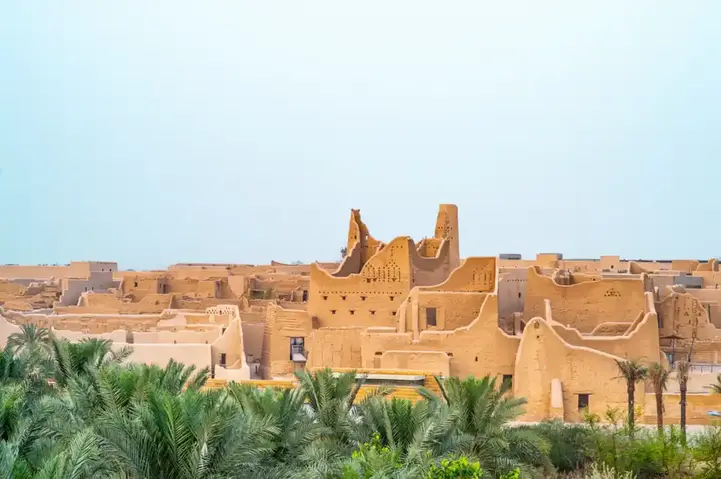
• Diriyah: It is a historical site and one of the most important landmarks of Riyadh, classified as a UNESCO World Heritage, considered the cradle of the Saudi state. Located in the suburbs of Riyadh, it includes several neighborhoods, palaces and mosques representing authentic Najd architecture and civilization.
Diriyah was the capital of the first and second state of the House of Saud, from which military and advocacy campaigns were launched to spread Islam and unify the Arabian Peninsula. Diriyah is an important tourist destination for visitors who want to see Saudi roots and sources.
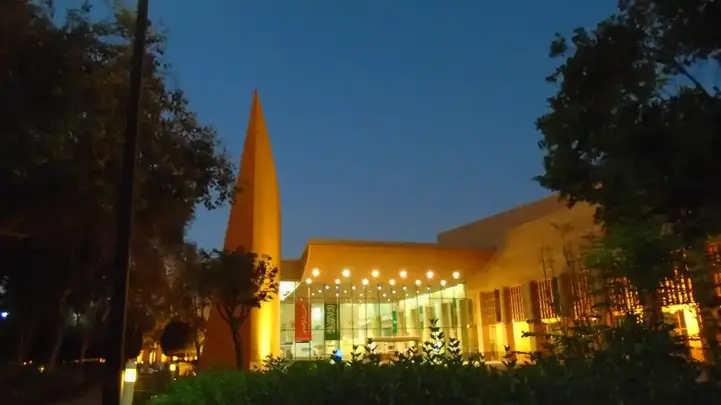
• King Abdulaziz Historical Center: It is a cultural center that includes a group of museums, libraries and parks that narrate the history, present and future of the Kingdom of Saudi Arabia.
It is located in the heart of Riyadh and is one of the most important tourist attractions in Riyadh, and contains the Riyadh Museum, a museum that displays the stages of development of the city from ancient times to modern, the King Abdulaziz Museum, a museum that displays traditional and modern collectibles, documents, arts and crafts related to the life and achievements of King Abdulaziz and his sons, and the King Fahd National Library, a library that contains millions of books, manuscripts and multimedia that serve researchers, intellectuals and those interested in culture and science.

It also contains King Abdulaziz Park, a park that extends over a large area, and includes trees, plants, green areas, pedestrian paths, sports fields, children's play areas, and family picnics.
These are some examples of Riyadh's historical attractions, but there are more that are worth visiting and exploring. But what are the positive and negative aspects of these landmarks?
Positive aspects of historical attractions

Historical tourist attractions preserve Saudi identity, memory and heritage, transmit values, lessons and wisdom to current and future generations, and embody the spirit, will and national achievements. Some of the positive aspects of these landmarks are:
• Promotes belonging, pride and patriotism among Saudis, and spreads Saudi culture and history to the world.
• Provide an opportunity to learn, educate and raise awareness of the stages, personalities and events that shaped Riyadh and the Kingdom.
• Respects, protects and revives authentic Saudi architecture, art, crafts and traditions.
Negative aspects of historical attractions

Historic attractions require significant efforts and measures for protection, restoration and promotion, and may lose some of their attractiveness or importance due to social, cultural and technological changes. Some of the downsides of these parameters are:
• Threatened, damaged and disappeared due to natural or anthropogenic factors.
• It needs high budgets, expertise and standards to maintain its originality, quality and safety, and to provide the necessary services and facilities to increase the satisfaction and comfort of visitors.
• You need to keep pace with and face the challenges and competition that arise from modern tourist attractions, and maintain their attractiveness and importance in light of the rapid and continuous changes in the world.
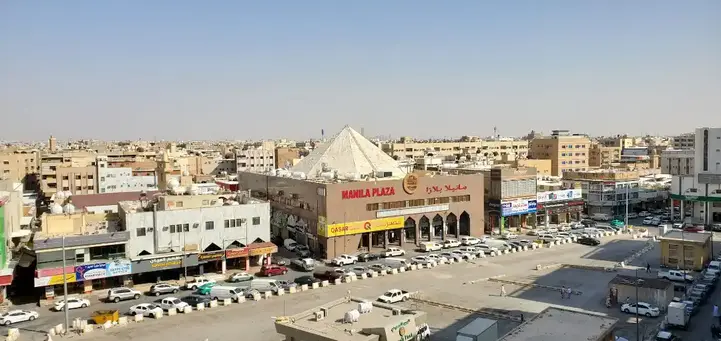
In this article, we reviewed some of Riyadh's modern and historical attractions, and discussed the positive and negative aspects of each. We found that Riyadh has diversity, richness and balance between the past, present and future, offering visitors an enjoyable, useful and exciting tourist experience.
I invite all of you to visit Riyadh and explore its modern and historical tourist attractions, and enjoy the fun, science and culture it offers you.








